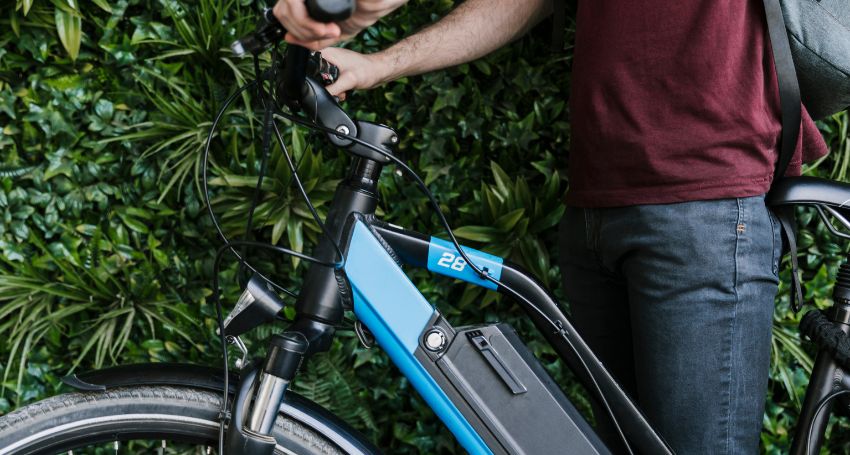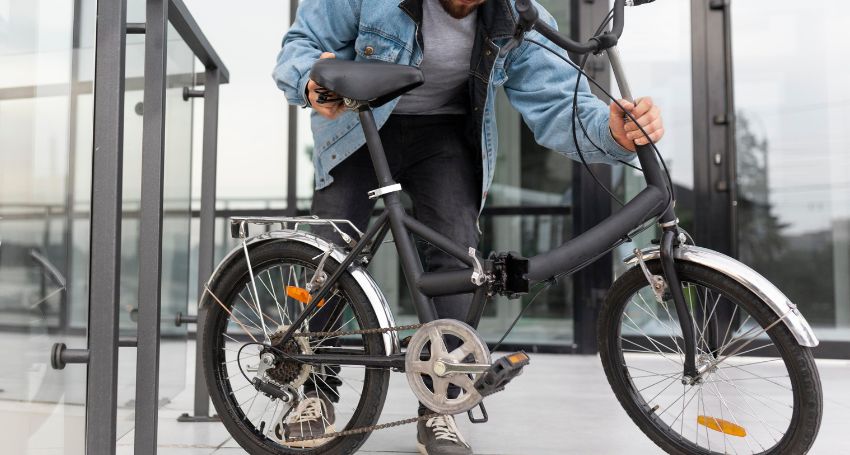
If you’re curious about how types of DC motors work and which one suits different applications, you’re in the right place. In this detailed guide by Electric Motor Feed, we’ll explore the different types of DC motors, their features, and uses. Whether you’re studying DC motor basics, looking for a DC motor for an electric car, or simply want to improve your knowledge of DC electric motor efficiency, this blog covers it all.
Understanding the Basics of DC Motors
A DC motor is an electric machine that converts direct current electrical energy into mechanical energy. It works on the principle that a current-carrying conductor placed in a magnetic field experiences a mechanical force. This simple yet powerful technology is used in countless applications—ranging from small household appliances to large industrial machines and even electric cars.
The efficiency of a DC electric motor depends on factors like design, materials, and speed control. By selecting the right motor type, engineers can ensure high performance and energy savings, especially in demanding systems like electric vehicles.
Different Types of DC Motors
DC motors are generally categorized based on how their field windings are connected. Below are the different types of DC motors you need to know:
1. Separately Excited DC Motor
In this design, the field winding is powered by an external source independent of the armature.
- Key Features: Wide speed control, stable performance.
- Uses: Industrial testing equipment, machine tools, and precise speed control systems
2. Self-Excited DC Motor
These motors have the field winding connected to the same power source as the armature. They are further divided into three main DC motor types and uses:
a) Shunt Wound DC Motor
The field winding is connected in parallel with the armature.
- Key Features: Constant speed even under varying load.
- Applications: Fans, blowers, lathes, and conveyors.
b) Series Wound DC Motor
The field winding is in series with the armature.
- Key Features: High starting torque, but speed drops with increased load.
- Applications: Cranes, electric locomotives, and hoists.
c) Compound Wound DC Motor
Combines the advantages of shunt and series connections.
- Types:
- Cumulative Compound: Series and shunt flux assist each other for balanced performance.
- Differential Compound: Series flux opposes shunt flux, used in niche applications.
- Applications: Rolling mills, heavy presses, and elevators.
3. Permanent Magnet DC Motor (PMDC)
This motor uses permanent magnets instead of field windings to produce the magnetic field.
- Key Features: Lightweight, compact, and energy-efficient.
- Applications: Toys, electric scooters, and small appliances.
4. Brushless DC Motor (BLDC)
A modern design that replaces brushes with electronic commutation for higher reliability.
- Key Features: High efficiency, minimal maintenance, and quiet operation.
- Applications: Electric cars, drones, computer fans, and robotics.
Looking for expert insights on DC motors? Visit us for the latest updates on electric motor technology and trends.
DC Motor Types and Uses in Everyday Life
Each DC motor type serves specific purposes:
- Shunt motors excel in applications needing constant speed.
- Series motors shine where heavy starting torque is critical, such as elevators and electric vehicles.
- Brushless motors dominate in high-efficiency industries, including medical devices and EVs.
When selecting a motor, factors like torque, efficiency, cost, and size should guide your decision. For example, a DC motor for an electric car must deliver both power and long-lasting efficiency to ensure smooth acceleration and energy savings.
DC Electric Motor Efficiency Tips
To maximize efficiency:
- Choose high-quality bearings to reduce friction.
- Maintain proper ventilation to prevent overheating.
- Use appropriate controllers for smooth speed regulation.
These measures improve lifespan and reduce energy costs, making DC motors more sustainable and cost-effective.
Need the latest news and tips on electric motors? Subscribe to Electric Motor Feed for expert advice and industry updates.
Frequently Asked Questions (FAQs)
Q1: What are the main types of DC motor?
The main types include separately excited, shunt wound, series wound, compound wound, permanent magnet, and brushless DC motors.
Q2: Which type of DC motor is best for electric cars?
Brushless DC motors (BLDC) are preferred for electric cars due to their high efficiency, low maintenance, and excellent speed control.
Q3: What is the most efficient DC motor?
BLDC motors are generally the most efficient because they reduce energy loss caused by brushes and provide smoother operation.
Q4: What are the key dc motor basics to know?
Understand the power supply (direct current), magnetic field interaction, torque generation, and speed control methods to get started.
Q5: Can DC motors be used in renewable energy systems?
Yes, DC motors are widely used in solar power applications, battery-powered systems, and energy storage solutions.



